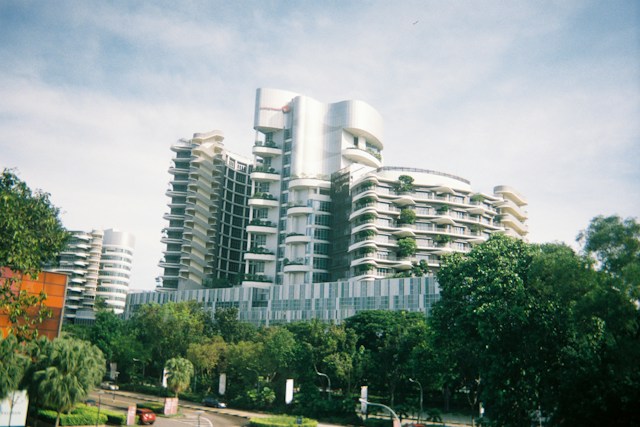
As Singapore grapples with the challenges posed by climate change and environmental shifts, the real estate landscape, particularly condominium developments, is adapting through resilient design strategies. Condominium developers in the city-state are increasingly prioritizing climate resilience to ensure that their projects can withstand the impacts of a changing environment.
One of the key aspects of resilient design for Singapore condos like Lentoria involves robust infrastructure capable of withstanding extreme weather events. Rising sea levels, increased rainfall, and the risk of flooding are among the climate-related concerns in the region. Condominiums are adopting elevated foundations, flood-resistant materials, and advanced drainage systems to mitigate these risks. By preparing for potential inundation, these structures ensure the safety and security of residents, even in the face of extreme weather events.
In response to the urban heat island effect, which exacerbates temperatures in densely built-up areas, resilient condominiums integrate green spaces and sustainable landscaping. Rooftop gardens, green walls, and strategically placed vegetation contribute to temperature regulation, creating microclimates that counteract rising temperatures. These green elements not only enhance the aesthetic appeal of the condominiums but also provide a tangible response to the environmental challenges posed by urbanization.
The incorporation of sustainable building materials is another hallmark of resilient design in Singapore condominiums. Developers are opting for materials that are not only durable but also environmentally friendly. This includes the use of recycled and locally sourced materials, reducing the carbon footprint associated with construction. Additionally, these materials are chosen for their ability to withstand the unique weather conditions of Singapore, ensuring longevity and minimizing maintenance requirements.
ALSO READ: Harnessing the Power of TikTok Influencers to Protect Our Oceans
Climate-resilient condos are also investing in energy-efficient systems to enhance their overall sustainability. Advanced insulation, energy-efficient HVAC (heating, ventilation, and air conditioning) systems, and smart technologies contribute to reduced energy consumption. By optimizing energy use, these condominiums not only decrease their environmental impact but also offer residents long-term cost savings on utility bills.
In terms of community resilience, Singapore condominiums are fostering a sense of collective responsibility and preparedness among residents. Education and awareness programs on climate-related risks, emergency response plans, and community initiatives for sustainable living are integral components of resilient condominium developments. This holistic approach ensures that residents are well-informed and empowered to contribute to the overall resilience of the condominium community.
Conclusion
In conclusion, resilient design is becoming a fundamental consideration in Singapore’s condominium developments, reflecting the urgency of addressing climate change and environmental challenges. By integrating innovative architectural solutions, sustainable practices, and community engagement, these condominiums are not only adapting to the realities of a changing climate but are also setting new standards for environmentally conscious urban living in Singapore.

